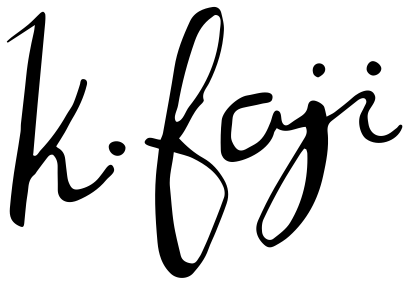Hello, today I wanted to introduce the free and easy technique. This form of resist dyeing is called Shibori. It is a Japanese method of clamping, sewing, tying, binding, bundling, compressing or folding a cloth to ultimately reveal patterns and outlines of the tool/action which was used. Not only is this dye method aesthetically pleasing, but it is also mindful and zen. By doing something to the cloth and giving it your attention, it stays printed in the design.
Also, when first comes out of the dye bath it is ivy green and as it oxidizes, it turns blue. This happens within a minute and is very amusing to watch. Trust me, I never get tired of seeing it happen.
In the photos above, I used 100% Bleached Cotton Muslin made here in the US but you can use any other natural fiber to make this technique work.
There are a large number of ways/methods on how to create Shibori...
My top favorite methods are:
- Itajime shibori based on the shapes chosen the shibori process. The cloth is clamped together between two boards. Some artists prefer to use two plexi-glass sheets instead to see the process better and for easier cleanup. Either way you are going to need a good set of clamps for this process. Also, if the clamps are to lose, dye will seep into unwanted areas of your cloth. If the clamps are too tight, then the dye might not be able to dye enough of the central area of the cloth.
- Nui shibori is a stitched shibori technique. It allows for more accuracy but is extremely time consuming. It consists of small, simple running stitches. Once stitches are completed the strong stands are pulled extremely tight and then knotted. (Perhaps, I’ll demonstrate this one to you guys sometime.)
(note: wear gloves unless you like having blue hands for a week!)
INGREDIENTS | TOOLS
Indigo dye
String, rubberbands, beads, or nuts for resist
100% Cotton cloth (but any natural fiber will do)
one large pot (preferably stainless steel)
stainless steel spoon + tongs
biodegradable dish soap
one handy strainer (only necessary for non-sinsetic indigo baths)
water source (such as a kitchen faucet)
heat source (such as a stove top)





